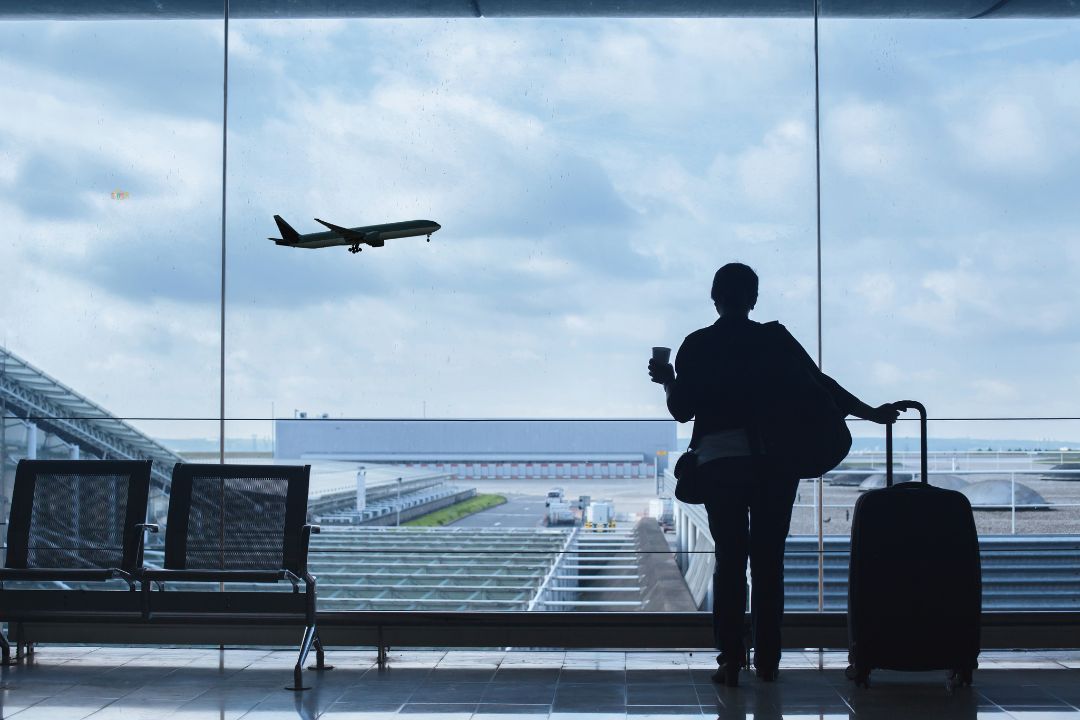How to Prevent Swollen Legs While Traveling This Summer
Introduction: Travel Light—Not Swollen
Summer vacations should feel relaxing—not like your legs are about to burst. Yet many travelers experience uncomfortable leg swelling on long flights or road trips, especially during warm-weather travel. If you’ve ever taken off your shoes after a journey and found your feet puffy and your calves aching, you’re not alone.
Swelling, or travel-related edema, is common and often preventable. This guide breaks down why it happens, what risks to watch for, and how to prevent swollen legs while traveling this summer—so you can arrive feeling refreshed, not restricted.
Why Do Legs Swell When You Travel?
When you sit still for extended periods—especially with limited legroom—your blood flow slows, particularly in your lower limbs. Gravity causes fluid to accumulate in the feet, ankles, and calves. This can result in mild puffiness or, in more serious cases, deep vein thrombosis (DVT).
Common causes during travel include:
-
Prolonged sitting with knees bent
-
Heat exposure during summer travel
-
Dehydration, which thickens blood and reduces circulation
-
Tight clothing or shoes
-
Reduced muscle movement, which normally assists blood flow
For people with varicose veins, chronic venous insufficiency, or a history of clotting, the risks are even higher.
Signs of Travel-Related Swelling
-
Ankles or feet feel tight, tender, or look noticeably larger
-
Socks leave deep indentations around your calves or ankles
-
Legs feel heavy, achy, or restless
-
In rare cases: redness, warmth, or pain in the leg (see a doctor immediately—could indicate DVT)
How to Prevent Swollen Legs While Traveling
1. Wear Compression Socks
Compression stockings gently squeeze your legs to support circulation and reduce swelling. For travel, choose knee-high socks with 15–20 mmHg pressure—strong enough to prevent fluid buildup, but still comfortable for extended wear.
Bonus tip: Put them on before your trip starts—ideally first thing in the morning when swelling is lowest.
2. Move Regularly—Even in Tight Spaces
Movement is the best way to keep blood flowing. While that’s not always easy in a cramped car or airplane seat, small movements make a big difference.
On a plane or train:
-
Walk the aisle every 60–90 minutes
-
Do ankle circles, heel raises, and toe taps while seated
-
Choose an aisle seat for easier movement access
On a road trip:
-
Stop for a leg-stretching break every 2–3 hours
-
Walk around rest areas for 5–10 minutes
-
Flex your feet and calves while seated
3. Hydrate Consistently
It may sound simple, but staying hydrated is one of the best ways to prevent swelling and protect your veins. Dehydration thickens your blood and slows circulation, increasing your risk for both swelling and clots.
-
Drink 8–10 cups of water on travel days
-
Skip alcohol and minimize caffeine—both are dehydrating
-
Carry a reusable water bottle and sip consistently
Pro tip: Add electrolyte tablets or drink coconut water to stay balanced on hot days.
4. Avoid Tight Clothing and Shoes
Jeans that dig into your waist, tight socks, and lace-up boots can all restrict circulation. Wear loose-fitting clothing with soft waistbands and slip-on shoes for easy movement.
-
Opt for compression socks—but skip tight socks that cut off circulation at the ankles
-
Choose shoes that allow room for natural swelling
-
Consider sandals or sneakers with stretchable material for hot climates
5. Elevate Your Legs After You Arrive
Once you’ve reached your destination, take a moment to recline with your legs elevated above heart level. This encourages fluid to drain from your lower legs and relieves pressure.
-
Use pillows, a rolled towel, or a wall to elevate
-
Stay elevated for 15–30 minutes
-
Combine elevation with gentle calf massage or cool compresses if swelling persists
Bonus Tips for High-Risk Travelers
Some travelers are at greater risk for severe swelling or blood clots. This includes people who:
-
Have a personal or family history of DVT
-
Are pregnant
-
Have varicose veins or venous insufficiency
-
Recently had surgery
-
Are over age 60
-
Smoke or have cardiovascular conditions
If you fall into one of these categories, consider:
-
Talking to your vein specialist or doctor before long trips
-
Wearing medical-grade compression (20–30 mmHg)
-
Taking a low-dose aspirin or prescribed blood thinner (only if approved by your physician)
-
Using a footrest or wedge pillow in cars or planes
Natural Remedies for Swelling Relief
After a travel day, these natural remedies can help reduce lingering swelling:
-
Cold compresses or foot soaks
-
Epsom salt baths to draw out fluid
-
Anti-inflammatory foods like berries, grapes, celery, and leafy greens
-
Hydrating herbal teas like dandelion or ginger
-
Magnesium supplements (consult your doctor before use)
Don’t Ignore Swelling That Doesn’t Go Away
Most travel-related swelling goes down with movement, hydration, and elevation. But if swelling persists, worsens, or is accompanied by redness or pain, consult a medical provider immediately. You could be experiencing a more serious condition like deep vein thrombosis.
Conclusion: Travel Smart to Keep Swelling at Bay
Long travel days don’t have to leave you with puffy ankles or aching legs. With smart hydration, compression socks, regular movement, and some planning, you can keep your veins supported on planes, trains, and automobiles.
Remember: Preventing swollen legs while traveling this summer is about small, consistent actions—not discomfort or overcorrection. Make these tips part of your routine and enjoy the journey with healthy, happy legs.







